Have you ever experienced the frustration of discovering an unsightly oil stain on your concrete driveway or garage floor?
I have and it’s ugly and it wreaks havoc on your curb appeal!
In this blog post, we will guide you through 5 quick and easy ways on how to remove oil stains from concrete and restore the pristine appearance of your concrete surfaces.
The best part is, you will already have most of these household products in your home.
Say goodbye to those an ugly stain on your concrete driveway and hello to a cleaner, more beautiful space.
How to Remove Oil Stains From Concrete Key Takeaways:
- Absorb fresh oil stains with cat litter, sawdust or sand.
- Remove existing oil stains using househod products such as baking soda, dish soap, WD-40, powdered laundry detergent and cola.
- For stubborn stains employ the poultice technique or pressure washing. Prevent future spills by cleaning up immediately and applying a protective coating to driveways.
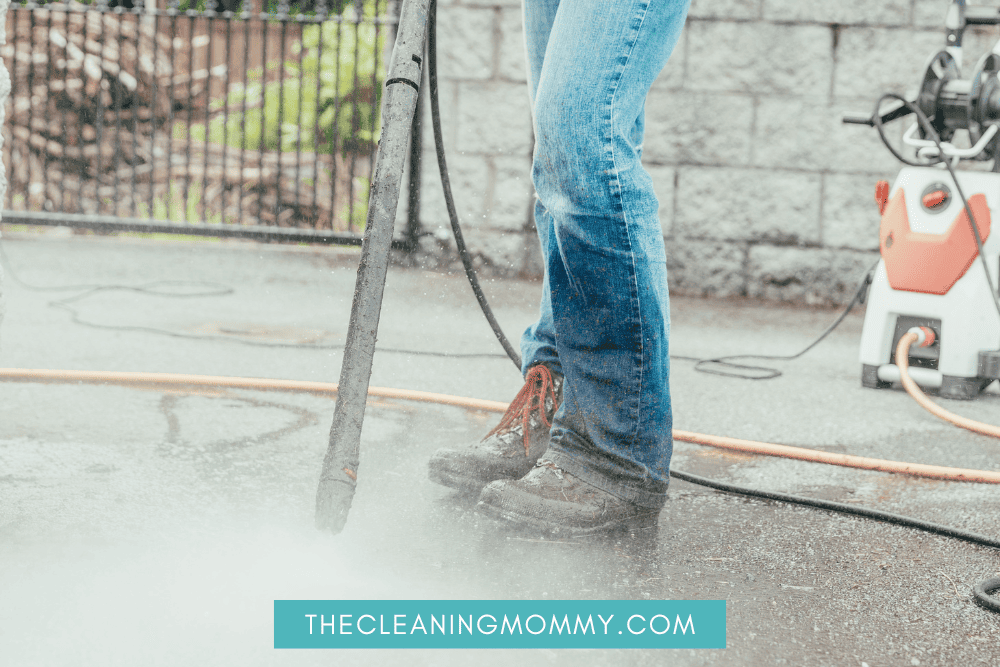
Household Products & Remedies for Oil Stain Removal
When you notice an oil spill on your concrete driveway, the first thing you should do is to find some cat kitter, or sawdust or sand and get it on the oil leak straight away. The cat litter, or sawdust or sand is great at absorbing the oil leak and prevents it from seeping into the concrete. So, you want to get that put on ASAP to stop the fresh spill from spreading!
Now, let’s start to look at some household remedies for removing oil stains from concrete surfaces. Best of all, these are all household products you should already have!
Baking soda, dish soap, cola, and WD-40 are common items that are really good at removing oil stains without causing damage to the surface.
#1 How to remove oil stains from concrete using baking soda
Baking soda is a highly effective cleaning agent capable of dissolving grease and dirt on concrete surfaces, so it works really well for oil stain removal.
- Apply cat litter or sand all over the fresh oil stain.
- Let it sit for about 30 minutes.
- After the cat litter has absorbed the oil, sweep it up with a broom or stiff nylon brush.
- After the cat litter has absorbed all excess oil, make a paste with baking soda and water, this works really well to clean oil stains. You can use a stiff bristled brush to rub the paste into the stain.
- Scrub the oil spill with the paste and rinse with a water hose or a pressure washer.
- If necessary, repeat the process for particularly stubborn stains.
#2 How to remove oil stains using dish soap
Dish soap is another common household item that can be used to clean oil stains from concrete surfaces. Dish soaps like Dawn, known for their grease-cutting properties, can break down an oil stain when diluted.
- After you have removed the kitty litter, squirt some dish detergent on the stained area.
- Scrub the stain with a stiff brush,
- Rince it with water. Repeat as needed
#3 How to remove oil stains using cola
Did you know that cola contains phosphoric acid, which can help remove oil stains from concrete surfaces by breaking down the grease and lifting it away. Cola actually has many cleaning uses believe it or not.
To utilize cola for this purpose, follow these steps:
- After you apply the clay kittle litter to remove any excess oil. Pour a can of cola directly onto the stain.
- Scrub the stain with a nylon scrub brush.
- Allow the cola to sit on the stain for 30 minutes at least.
- Then, use a power washer or garden hose to clean away the cola and oil residue.
- Repeat as needed
#4 How to remove oil stains using powdered laundry detergent
Powdered laundry detergent wworks well to remove an oil stain from a concrete driveway.
- Sprinkle some laundry detergent over the entire spilled oil.
- Slowly add water until you can form a paste,
- Scrub the stained area with a stiff bristled brush, so the detergent gets into the stain, and let is sit for approximately 15 minutes.
- Give it another good scrubbing, then rinse it away using warm water and a garden hose.
#5 How to remove oil stains using WD-40
This budget-friendly product can also be used for removing oil stains from a concrete driveway.
- Spray some WD-40 directly onto the oil stain.
- Scrub the oil stain with a stiff nylon brush until you see the stain disappear.
- Rince with water using a garden hose.
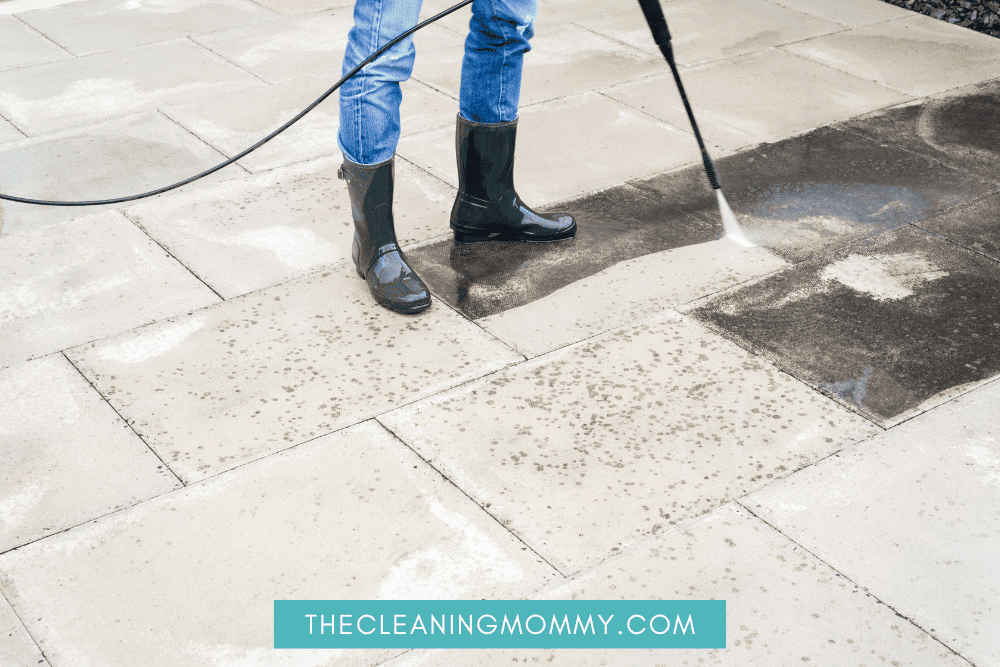
Absorbing Fresh Oil Stains
It’s really important that you tackle an oil stain the second you notice it!
Understanding the urgency of tackling fresh oil stains is crucial, the sooner you tackle oil stains, the easier it will be to prevent deep-set stains.
Three common materials can help absorb fresh oil stains: cat litter, sawdust, and sand.
How to remove an oil stain with cat litter
You might be surprised to learn that kitty litter is more than just a solution for your feline friends’ needs. In fact, cat litter is an excellent grease stain remover for fresh oil stains on your driveway or garage floor. The secret lies in its absorbent nature, with clay cat litter being particularly effective for fresh oil stains on concrete surfaces.
Applying cat litter to an oil spill absorbs the spill and prevents it from seeping into the concrete. It does need to be clay kitty litter.
Who knew cat littler would be so handy to have around the house! If you don’t have any, but your next door neighbor has a cat – go knock on their door!
Sawdust
If you don’t have cat litter on hand, and your next door neighbor doesn’t have a cat, sawdust can serve as an effective alternative for absorbing a fresh oil stain on concrete surfaces. Regular sawdust is the most absorbent, making it the best choice for soaking up grease and oil stains on concrete surfaces.
Sprinkle a generous amount of sawdust on the oil leak and let it sit for 30 minutes. Sweep the excess sawdust into the trash.
Sand
Sand is another effective option for absorbing oil spills on concrete surfaces. Its porous nature allows it to effectively absorb the oil, making it easier to clean. Again, cover the oil stain with a generous amount of sand. After allowing the sand to work its magic, sweep it away.
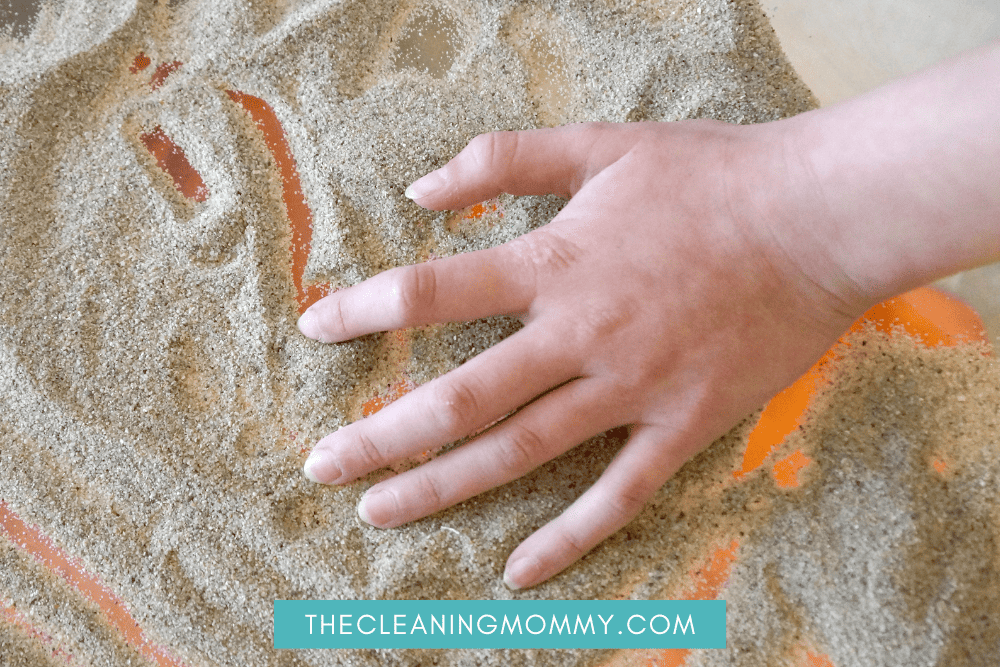
Commercial Cleaning Solutions
If stubborn oil stains resist the household remedies discussed earlier, considering commercial cleaning solutions for cleaning oil stains might be a practical option.
Concrete cleaners, degreasers, and microbial cleaning products can help tackle persistent oil stains on concrete surfaces.
Concrete Cleaners and Degreasers
Concrete cleaners and degreasers are specially formulated to effectively break down and remove oil stains from concrete surfaces, such as a concrete driveway, without causing any damage. Commercial concrete cleaners like alkaline soaps can loosen the oil’s grip on the driveway, making it easier to clean.
Follow these steps to remove a stain from concrete:
- Follow the manufacturer’s instructions when applying concrete cleaner to the stain.
- Let it sit for 30 minutes for best results.
- Scrub the area with a stiff-bristled broom.
- Rinse with a garden hose or pressure washer.
- Repeat the process if necessary.
Microbial Cleaning Products
Microbial cleaning products are a unique solution that utilizes bacteria to break down and consume oil stains on concrete surfaces over time. Products like ACT Concrete Cleaner and Terminator HSD employ living organisms (microbes) that effectively break down oil stains, eliminating them from the concrete surface.
- Spray the oil stain with a microbial stain remover and allow the bacteria to do their work.
- Afterward, clean the area with soap and water to remove any residue.
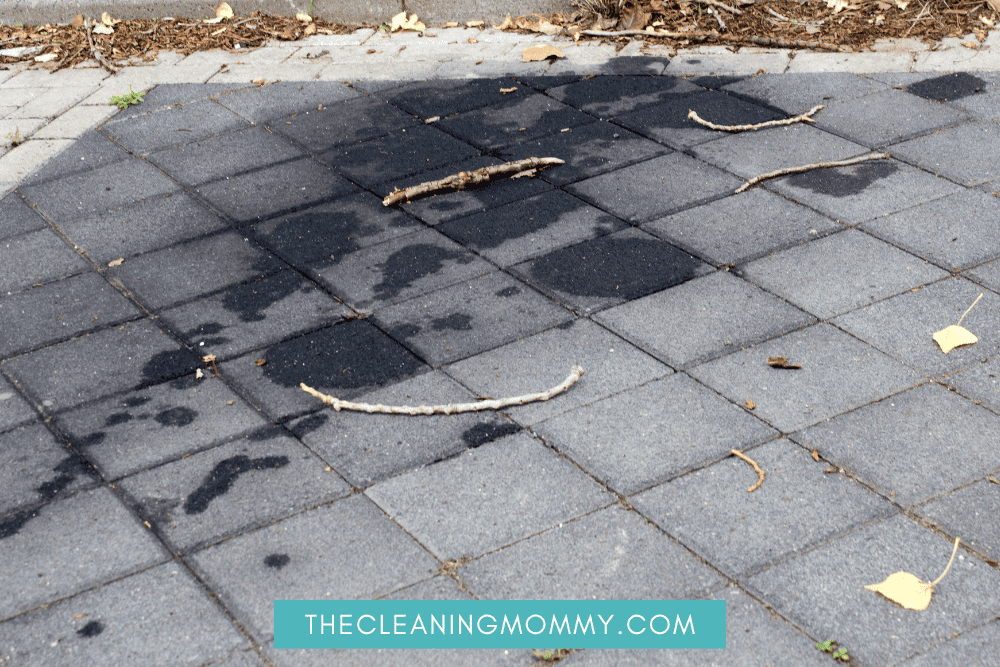
Specialized Techniques for Stubborn Stains
Occasionally, even commercial cleaning solutions might find it challenging to remove particularly stubborn oil stains from concrete surfaces. In such cases, specialized techniques like the poultice technique and pressure washing can come to the rescue.
Poultice Technique
The poultice technique involves the following steps:
- Apply a paste-like mixture of a cleaning agent and an absorbent material to the stain.
- Allow the mixture to sit for a few hours.
- Scrub the area with a brush.
- The solvent in the mixture works to dissolve the stain, while the material absorbs it and brings it to the surface.
One popular solvent for this technique is acetone, but a more environmentally friendly alternative is a mixture of cat litter and grease-cutting dish soap until a consistency similar to powdered laundry detergent is achieved.
Identifying the Oil Stain!
When it comes to driveway oil stain removal, it’s crucial to identify the specific type of oil you’re dealing with.
Here are some of the most common oil stains you might encounter:
Gasoline: Gasoline, a fuel derived from crude oil and petroleum liquids, is used in vehicle engines. If you notice gasoline stains on your driveway, promptly apply one of the cleaning methods mentioned earlier and have your vehicle inspected by a professional to address any potential leaks.
Transmission Fluid: Transmission fluid is responsible for lubricating bearings and moving metal components within a vehicle’s transmission. These oil stains may appear reddish and typically originate from your car.
Motor Oil: Another common driveway stain caused by your vehicle is from motor oil, which typically leaks from the engine. Although motor oil stains can be relatively straightforward to remove from a driveway, it’s important to treat them as soon as possible.
Pressure Washing
Pressure washing can be a really effective method for removing oil stains from concrete surfaces, as it uses a high-pressure stream of water to remove dirt, debris, and stains. But, using the appropriate pressure setting and cleaning solution is vital to prevent any damage to the concrete surface.
To pressure wash a concrete surface, follow these steps:
- Prepare the area by removing any debris or furniture.
- Set up the pressure washer with the correct pressure setting.
- Apply the cleaning solution to the surface.
- Pressure wash in a slow, steady motion, moving from one end of the area to the other.
- Rinse the area with clean water to remove any remaining cleaning solution.
- Allow the surface to dry completely before using or walking on it.
Preventing Future Oil Stains
Knowing how to remove oil stains from concrete, it’s important to implement measures to prevent future stains.
Here are some preventive measures you can take:
- Clean up spills immediately by wiping away excess oil or absorbing it with cat litter.
- Place cardboard under vehicles to catch any leaks and regularly inspect and maintain your vehicles to prevent fluid leaks.
- Applying a protective coating to your driveway, such as acrylic sealers, epoxy coatings, or urethane coatings, can also help prevent oil from seeping into the surface.
Taking these preventive measures not only maintains the cleanliness and upkeep of your concrete surfaces, but it also saves you from dealing with future oil stains.
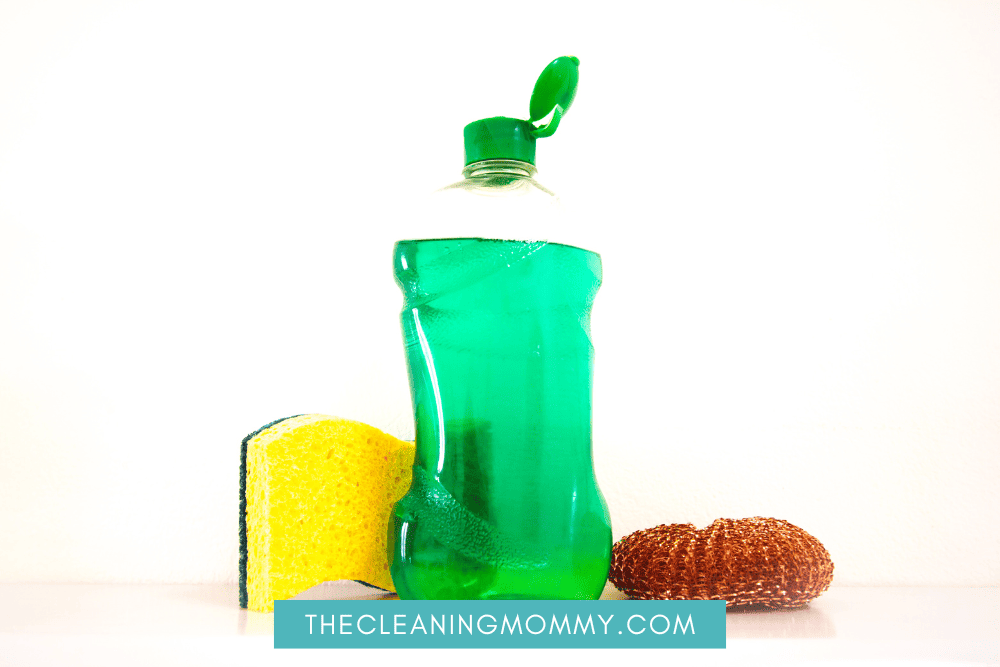
How To Remove Oil Stains Summary
In conclusion, removing oil stains from concrete surfaces doesn’t have to be an overwhelming task. With the right approach and some elbow grease, you can effectively tackle fresh and old oil stains using household products like baking soda, dish soap, and cola, or commercial cleaning solutions like concrete cleaners, degreasers, and microbial products. Most of these you can get at your local hardware store.
For particularly persistent stains, specialized techniques like the poultice technique and pressure washing can come to the rescue.
By following these tips, you’ll not only restore the beauty of your concrete surfaces but also prevent future stains and keep your driveway or garage floor looking its best.
Frequently Asked Questions
Will oil stains come out of concrete?
It is possible to remove oil stains from concrete using baking soda, powdered laundry detergent, dish soap and a scrub brush. Rinse the area with water after scrubbing the paste or soap into the stain.
Does Dawn dish soap remove oil from concrete?
Dawn dish soap can remove oil from concrete, although it is not always perfect. Results can vary depending on the amount of oil and length of time it has been sitting on the concrete. Using Dawn dish soap is a great way to remove oil from concrete, but it is important to remember that results may vary.
What product will remove oil stains from concrete?
Simple Green degreaser is an effective and cost-efficient product for removing oil stains from concrete. It’s gentle on outdoor surfaces, and can be easily applied to large areas. You can purchase it at hardware or auto parts stores.
What materials can be used to absorb fresh oil stains from concrete?
Cat litter, sawdust, and sand can be used to effectively absorb fresh oil stains from concrete surfaces, making them easier to remove.
How can I prevent future oil stains on my concrete surfaces?
Clean up any spills right away, keep cardboard beneath your vehicles, stay on top of vehicle maintenance, and seal your driveway to avoid oil stains in the future.
Other Cleaning Articles You May Like:
- How to keep bath toys from getting moldy
- Best pressure washers to use in your home
- How to get glue out of clothes
- How to get mud out of clothes
- Homemade gutter cleaning solution
- How to clean discolored vinyl floors
- How to get pen off walls
- How to clean bird poop off your car

Grainne Foley
Grainne Foley is a wife and mother of 2 great kids. During her 5 years of full time RV travel, Grainne learned to become very efficient at household chores, in order to make time for family adventures. Now, back in a house, she has continued to create tools and techniques to help others lighten the load of household organization and cleaning.
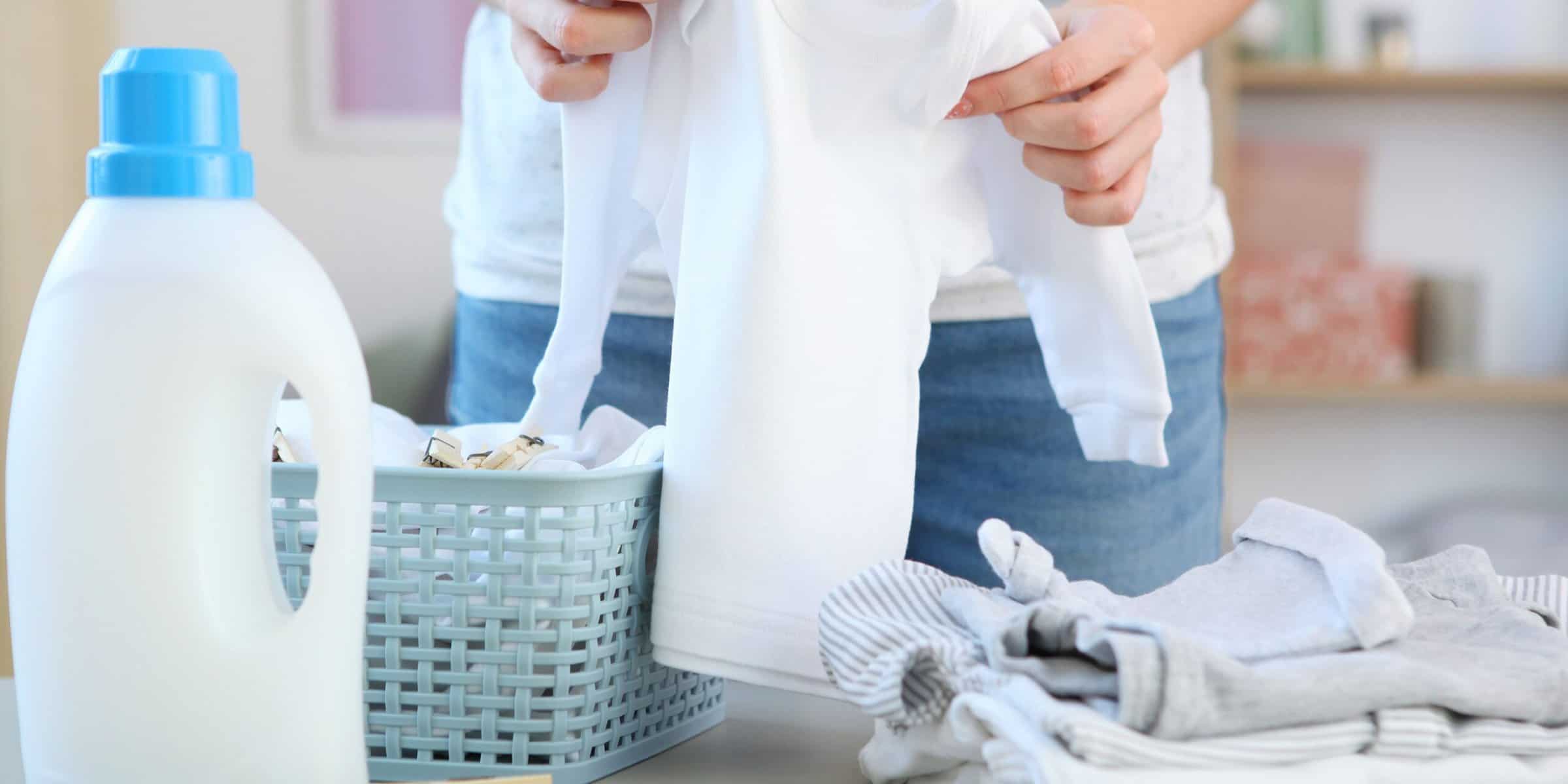

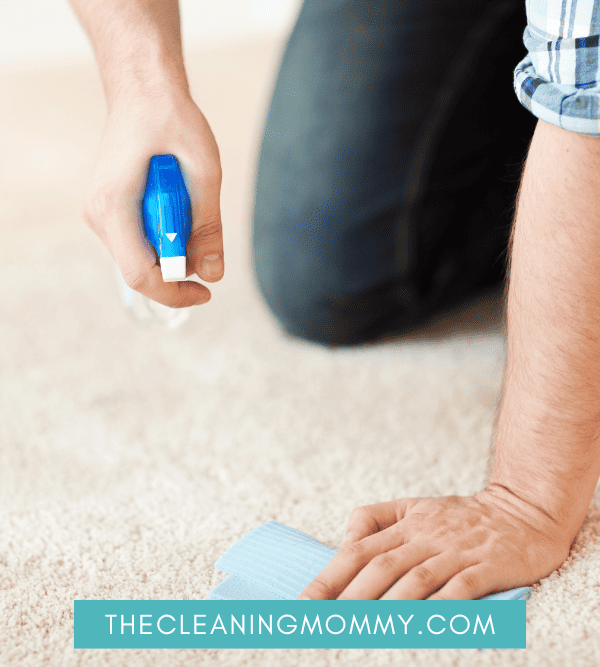
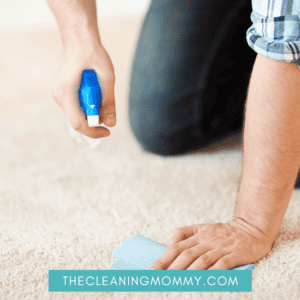
Leave a Reply